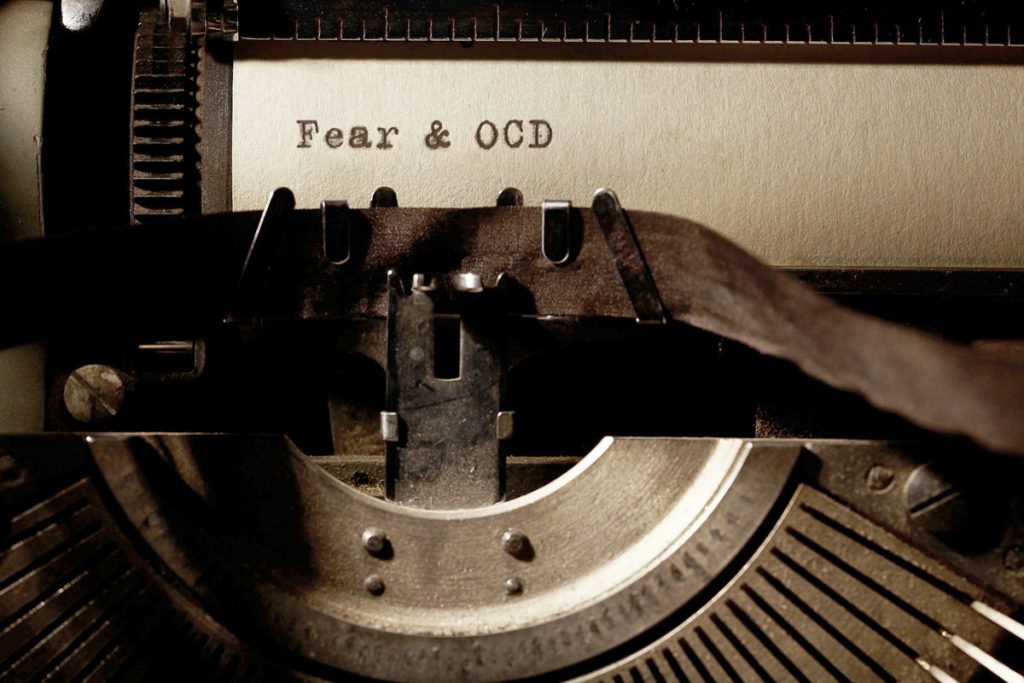
Understanding Recluses: Famous Figures, Symptoms, and Causes
A recluse is an individual who chooses to live in isolation, often avoiding social interactions and leading a solitary life. While the reasons for this lifestyle choice can vary, recluses are typically characterized by their withdrawal from society and preference for minimal human contact. The definition of a recluse, highlights some famous individuals who have lived as recluses, outlines common symptoms of reclusive behavior, and examines potential reasons why someone might choose this path.
Defining a Recluse
A recluse is someone who intentionally isolates themselves from society. This withdrawal can be partial or total, with some recluses maintaining minimal social interactions while others sever almost all connections. Recluses often prefer solitude and may find comfort and peace in their own company, away from the pressures and complexities of social life.
Famous Recluses
Several well-known individuals throughout history have been recognized for their reclusive lifestyles.
Here are a few notable examples:
- Emily Dickinson: The American poet is perhaps one of the most famous recluses. She spent most of her life in her family’s home in Amherst, Massachusetts, rarely leaving her room and communicating primarily through letters.
- Howard Hughes: The billionaire aviator and filmmaker became increasingly reclusive in his later years. Hughes withdrew from public life, living in isolation in various hotels, and was known for his obsessive-compulsive behaviors.
- J.D. Salinger: The author of “The Catcher in the Rye” is another famous recluse. Salinger retreated from public life after the success of his novel, moving to a secluded home in New Hampshire and avoiding interviews and public appearances.
- Greta Garbo: The legendary actress retired from acting at the age of 36 and lived the rest of her life in seclusion, avoiding the public eye and rarely making appearances.
- Thomas Pynchon: The American novelist, known for works like “Gravity’s Rainbow,” is famously reclusive, shunning the spotlight and maintaining a private life away from media attention.
Symptoms of Reclusive Behavior
Reclusive behavior can manifest in various ways, including:
- Social Withdrawal: Avoidance of social interactions, gatherings, and public places.
- Preference for Solitude: Spending most of the time alone, engaging in solitary activities.
- Limited Communication: Reduced contact with family, friends, and acquaintances, often communicating only when necessary.
- Disinterest in Social Norms: Lack of concern for societal expectations or conventional behaviors.
- Increased Anxiety: Heightened anxiety or discomfort in social situations, leading to further isolation.
- Engagement in Isolated Hobbies: Pursuit of activities that do not require social interaction, such as reading, writing, or solitary sports.
Reasons for Becoming a Recluse
Several factors can contribute to an individual’s decision to become a recluse:
- Mental Health Issues: Conditions such as social anxiety, depression, or agoraphobia can lead to a preference for isolation.
- Trauma: Past experiences of trauma or abuse can cause individuals to withdraw from society as a coping mechanism.
- Personality Traits: Some people naturally have introverted personalities and prefer solitude over social interactions.
- Societal Pressure: The stress and demands of modern life, including the pressures of social media and public scrutiny, can drive individuals to seek seclusion.
- Creative Pursuits: Artists, writers, and intellectuals might choose reclusion to focus on their work without distractions.
- Health Concerns: Physical health issues or disabilities can make social interactions challenging, leading to a more isolated lifestyle.
Conclusion
While the choice to live as a recluse can be influenced by various factors, it is essential to recognize and respect the personal nature of this decision. Famous recluses like Emily Dickinson and Howard Hughes demonstrate that individuals from all walks of life can choose solitude for their own reasons. Understanding the symptoms and causes of reclusive behavior can help us approach this topic with empathy and insight, acknowledging that a reclusive lifestyle, while uncommon, is a valid personal choice.
Renata, the dedicated editor of DisabilityUK.co.uk and DisabledEntrepreneur.uk, has become a recluse over the past six years. Despite her professional commitments and occasional interactions with contractors and delivery drivers, she has not ventured beyond her front door except to take out the trash. The trauma she has endured has driven her to seek safety within the confines of her home. This self-imposed isolation provides her with a sense of security, shielding her from the outside world that once inflicted pain. Her reclusive lifestyle, while limiting in many ways, allows her to continue her important work from a place where she feels protected and at peace.















